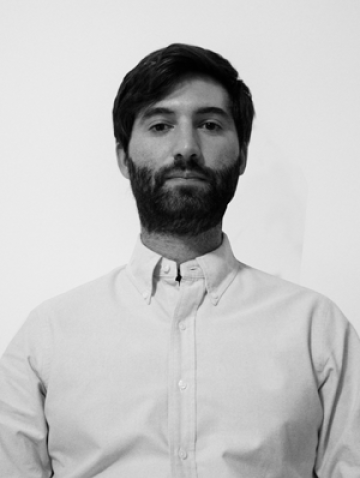Juan Guareschi

My desire to carry this investigation emerges from the moment I moved to the capital city of Paraguay: Asuncion. During my first couple of days - Even weeks- I was trying to grasp the formal and cultural identity of the city, but every attempt to do so was a mirage; I was drifting on a river flowing upstream, completely oblivious of where I was. Thus, my endeavors begin with a study of the urban and architectural morphology of the city, and society’s role in the development of Asuncion in relation to the natural environment; tracing the means in which the political and cultural syncretism have influenced the city to develop in constant dialogue with the natural landscape.
“What makes me pagan to you, it’s the same that doesn’t make you Christian to me”. During the 16th and 17th Century, the Jesuits project of creating the “Ideal Civilization”, through convincing the Guarani community to put their faith in the catholic church, was conceived as a major success in the Western world, influencing relevant figures of the Enlightenment period such as Voltaire, Rousseau, and Montesquieu. As a result, the idea of the “Noble Savage”, the human being free from the ideas of civilization, stood as a criticism to Western European society, reflecting on their political, philosophical and social ways of thinking. With this in mind, the research looks to deconstruct these philosophical, political, and anthropological observations through the urban and architectural layout and symbolism of the Jesuit Reductions; tracing them to contemporary times and reveal the components that have acted as silenced methods of resistance – the ritual of drinking Terere – that have influenced the morphology of the urban landscape and its architecture in Asuncion. Moreover, my intention is to visit the Jesuit archives -Archivum Romanum Societatis Iesu (ARSI)- in order to study on a first hand basis, documentation that is inextricably related to my research topic, in the forms of writing, imagery, and maps, that were produced during the period of the Jesuits occupation in Paraguay, illustrating the impressions of the members of the organization, and their experiences and understanding of the Guarani culture.